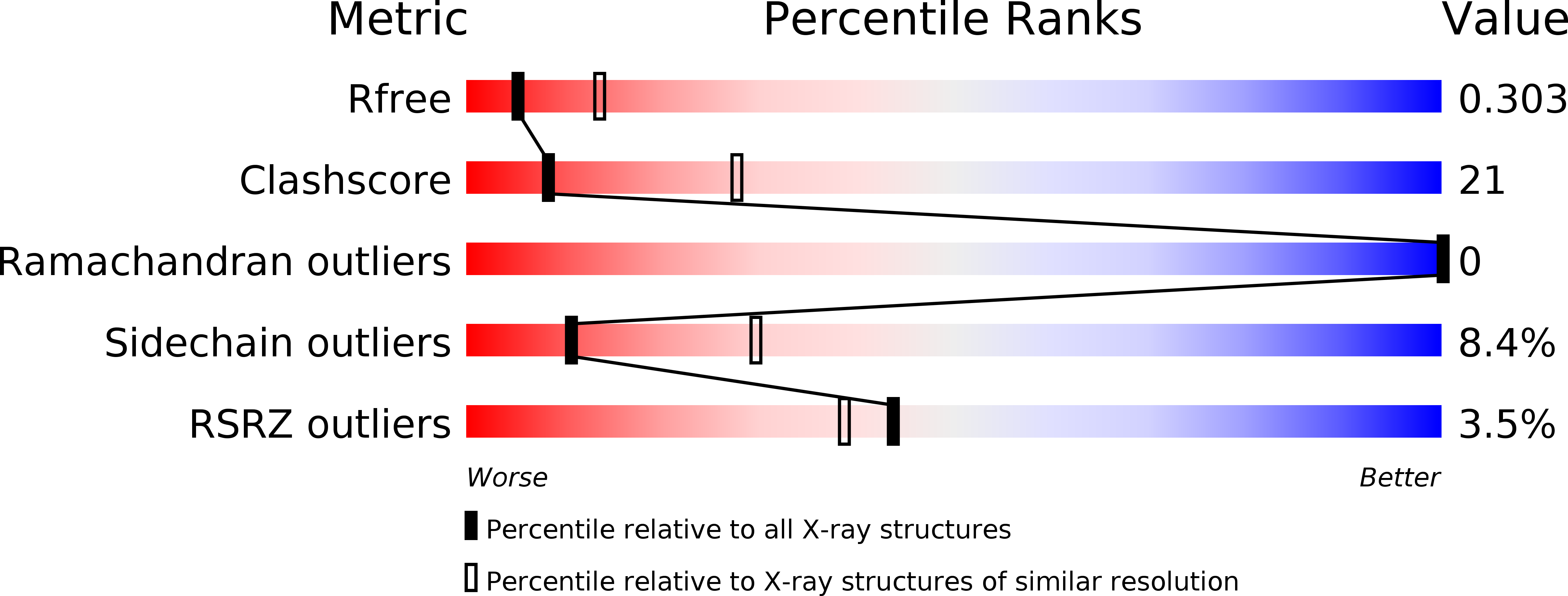
Deposition Date
2018-08-07
Release Date
2018-09-19
Last Version Date
2024-03-27
Entry Detail
PDB ID:
6AF0
Keywords:
Title:
Structure of Ctr9, Paf1 and Cdc73 ternary complex from Myceliophthora thermophila
Biological Source:
Source Organism:
Host Organism:
Method Details:
Experimental Method:
Resolution:
2.88 Å
R-Value Free:
0.30
R-Value Work:
0.24
R-Value Observed:
0.24
Space Group:
P 21 21 2


